Last updated: May 2, 2025
Ever wondered what your pet would say if they could talk? Your furry friend might not speak your language, but they’re communicating with you all the time—through their eyes, tails, body language, and behavior. In a busy, high-rise environment like Singapore, where long work hours and small living spaces are the norm, it’s easy to miss the subtle cues our pets send us. But understanding their unspoken needs is the key to helping them thrive physically, emotionally, and mentally.
In this blog, we’re diving into 7 things your furry companion wishes you knew about them—so you can become the paw-some pet parent they deserve!
1. “I Get Bored When You’re at Work All Day”
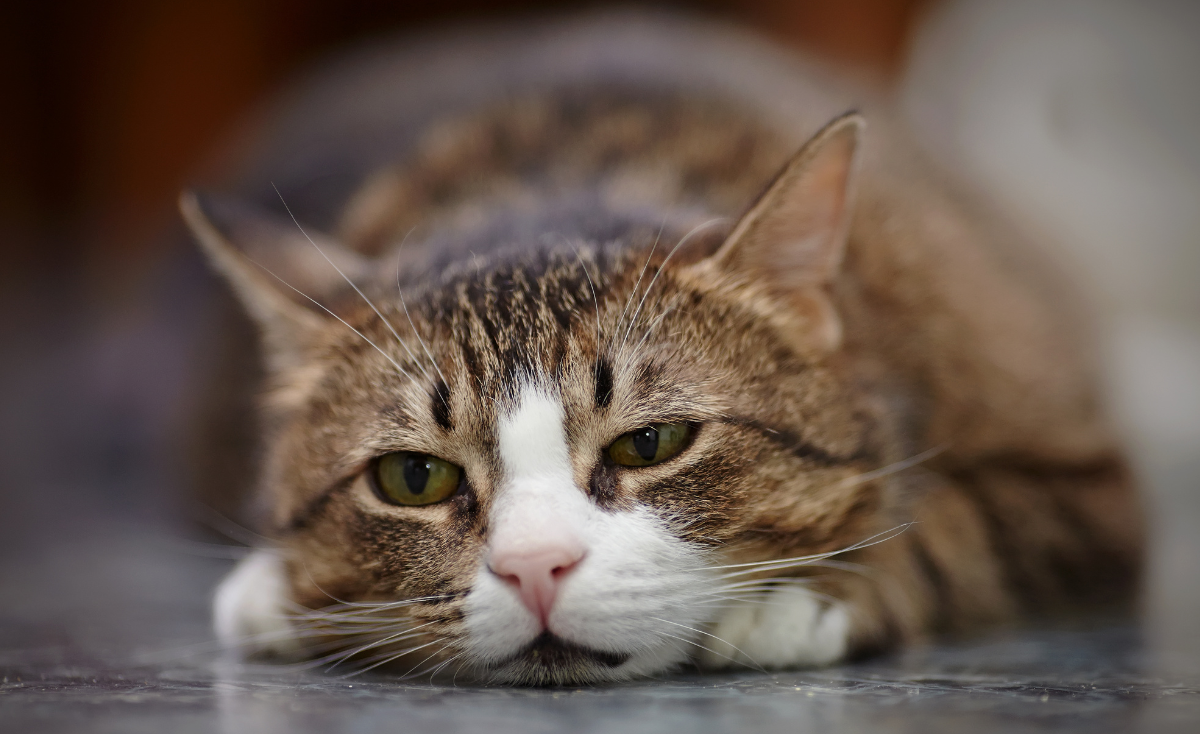
As much as your pet loves the occasional nap, spending 8 to 10 hours alone every weekday can feel like an eternity—especially in a compact HDB flat or condo. Boredom isn’t just about being idle. For pets, it can result in destructive behaviour like chewing furniture, excessive barking or meowing, digging, or even depression. Dogs may start pacing or howling; cats might overgroom or scratch up the furniture—not because they’re “naughty,” but because they’re mentally understimulated.
Here’s how you can keep your pet engaged even when you’re not home:
- Smart Enrichment Toys - Invest in interactive toys or treat-dispensing toys that challenge your pet’s brain and keep them occupied. Toys like the Cheerble Wicked Ball Air for dogs & Cheerble Wicked Ball M3 can roll around on their own, entertaining your pet for hours.
- Pet Cameras for Check-ins - Products like the Skymee Owl Robot Pet Camera & Pet Treats Dispenser let you monitor, talk to, and even toss treats to your pet remotely through your phone. It’s a great way to stay connected with your pet while you’re at work.
- Visual Stimulation - Set up a comfy window perch for your cat to observe the outside world. Even calming music or pet-specific audio playlists can help reduce loneliness.
- Rotate Toys and Activities - Keep things fresh by rotating different types of toys throughout the week. This prevents overstimulation from a single toy and keeps the excitement going.
2. “Loud Noises Scare Me More Than You Think”

Your pet’s hearing is far more sensitive than yours—so what sounds like regular festive cheer or a passing thunderstorm to you can feel overwhelming and terrifying to them. In Singapore, pets frequently face loud noises from fireworks (especially during Chinese New Year and National Day), thunder, renovation work in neighbouring units, or even passing MRT trains if you live near a track.
Pets often suffer in silence when they’re scared. Cats may hide under the bed or refuse to eat, while dogs might tremble, pace, pant excessively, bark, or cling to you for comfort. Over time, these repeated stressors can contribute to anxiety-related behaviours or even health issues.
How to help your pet feel safer during noisy events:
- Recognise the Signs of Fear - Look out for subtle cues: flattened ears, tucked tails, dilated pupils, excessive grooming in cats, or lip licking and yawning in dogs.
- Create a Safe Space - Designate a “quiet zone” in your home where your pet can retreat during loud events. This could be a small room with their bed, toys, and maybe even a piece of your clothing for comfort. Soundproof the area with thick curtains or play white noise to muffle external sounds.
- Use Calming Aids - Pet-safe calming sprays or diffusers (like those with pheromones) and calming chews and treats you can give your pet before anticipated noisy events can help with anxiety (but make sure to consult a professional first before giving your pets any of these).
- Try Pressure Wraps - For dogs, anxiety wraps like a Thundershirt provide gentle, constant pressure that can be incredibly comforting—much like swaddling a baby.
- Desensitisation Training - If loud noises are a frequent issue, you can gradually train your pet to be less reactive. This involves exposing them to low-volume sounds and rewarding calm behaviour, then slowly increasing the volume over time. Consider working with a professional trainer for this.
3. “I Love Routine—It Makes Me Feel Safe”
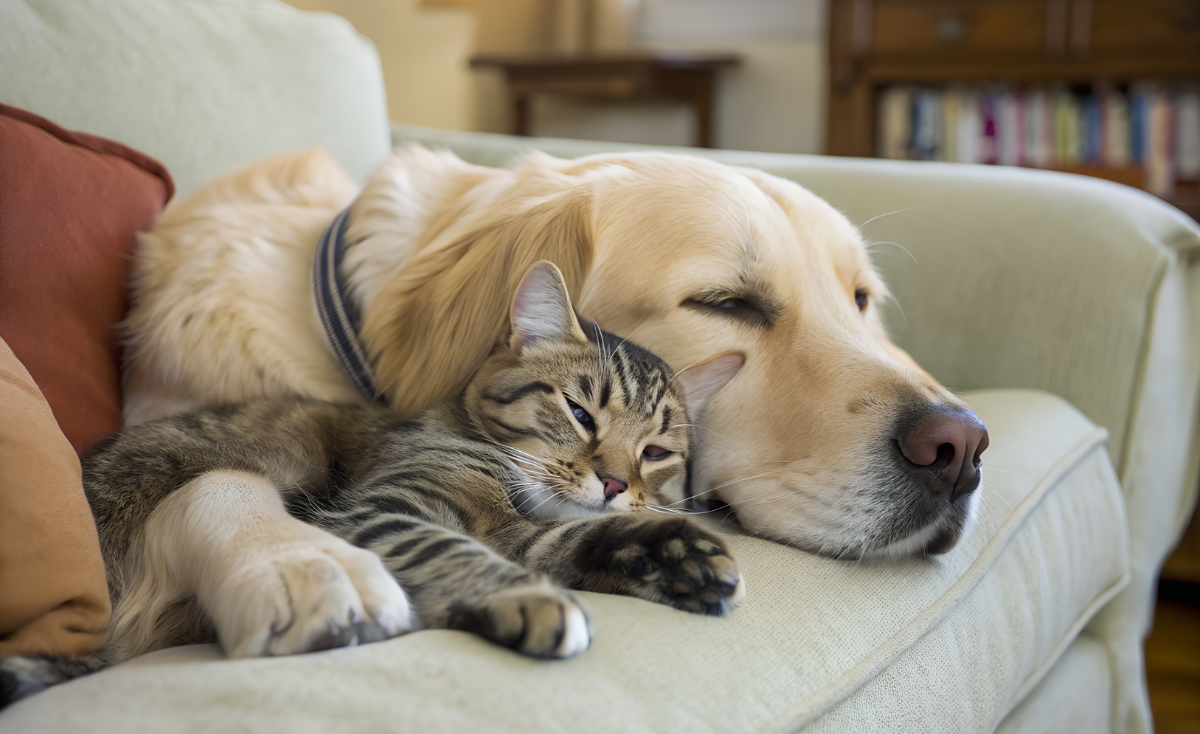
In your pet's world, routine equals safety. Knowing when to expect meals, walks, playtime, and bedtime gives them a sense of control and calm. While you may not think much of skipping a walk or feeding dinner an hour late, these changes can feel unsettling to your pet. Over time, a lack of routine may lead to anxiety, destructive behaviour, or even health issues like digestive upset in pets with sensitive stomachs.
Tips to Maintain Routine in Singapore:
- Use Smart Feeders or Timers: If you work irregular hours or get home late, an automatic pet feeder like SMARTPAW Ultimate Smart Pet Feeder Gen 3 can ensure your pet never misses a meal.
- Schedule their Walks: For dogs, walking in early mornings or evenings at consistent times daily can reinforce routine.
- Keep a Pet Planner or Digital Reminder: Log feeding, grooming, play, and vet visits—this helps multiple pet owners (especially in multi-person households) stay consistent.
- Balance Flexibility with Consistency: Life happens—just try to keep the basics (meals, potty breaks, bedtime) on a consistent track.
4. “I Need More Exercise Than a Walk Around the Block”

It’s a common misconception that a quick toilet break around the block is enough for your dog—or that your indoor cat doesn’t need much stimulation at all. But the truth is, pets need more than just minimal physical activity to stay healthy, happy, and mentally sharp—especially in apartment living environments like Singapore’s HDBs and condos. This would also help avoid developing destructive behaviors which is usually caused for your pet being understimulated.
For dogs, a simple walk isn’t always enough to burn off energy or satisfy their instinctual needs. And for cats, lounging all day with no interaction can lead to boredom, weight gain, or behavioural problems like aggression or over-grooming.
Dog-Friendly Activities in Singapore:
- Dog Runs & Parks: These pet-friendly places will allow your dogs to burn their energy as they can run around freely and safely (just make sure to give them the right supervision & training). Check out these 7 Hidden Pet-Friendly Parks in Singapore You Must Visit With Your Pet
- Interactive Toys & Treat Puzzles: As mentioned earlier, keeping your dog busy while you’re at work with interactive toys like the Cheerble Wicked Ball Air will also help them get some exercise.
- Indoor Playtime: Tug-of-war, hide-and-seek, or basic training sessions in your living room go a long way—even in smaller spaces.
Enrichment Ideas for Cats:
- Cat Trees, Tunnels & Perches: Give your cat vertical space and new areas to explore.
- Interactive & Feather Toys: Mimic hunting behaviour to engage their instincts. Check out Homerun - Smart Interactive Cat Toy & Cheerble Wicked Mouse PLUS!
- Pet TV or Window Views: Position their bed or perch by the window to watch birds, cars, or people—nature’s TV!
Note: Rotate toys weekly to keep things exciting and fresh for both dogs and cats!
5. “My Body Language Says a Lot—Please Learn It”

Your pets may not be able to talk, but they’re speaking to you every day—through their body language. Learning to interpret these signals is one of the most important things you can do as a responsible paw-rent. It’s how you build trust, avoid misunderstandings, and spot discomfort or distress early on.
Common Dog Body Language & What It Means:
- Tail Tucked or Between Legs: Fear, anxiety, or submission.
- Ears Back + Lip Licking: Nervousness or uncertainty.
- Yawning or Turning Away: Overstimulated or wanting space.
- Stiff Body, Intense Stare: Feeling threatened or ready to react.
- Relaxed Body + Wagging Tail (in wide arcs): Friendly and happy.
Common Cat Body Language & What It Means:
- Puffed Tail + Arched Back: Fear or defensive aggression.
- Slow Blinks: A sign of affection—like a kitty “I love you.”
- Flicking Tail: Annoyance or overstimulation.
- Ears Flattened + Dilated Pupils: Feeling stressed or on edge.
- Hiding or Avoiding Eye Contact: May be scared, anxious, or simply needing quiet time.
6. “The Singapore Heat Is Tough on Me”
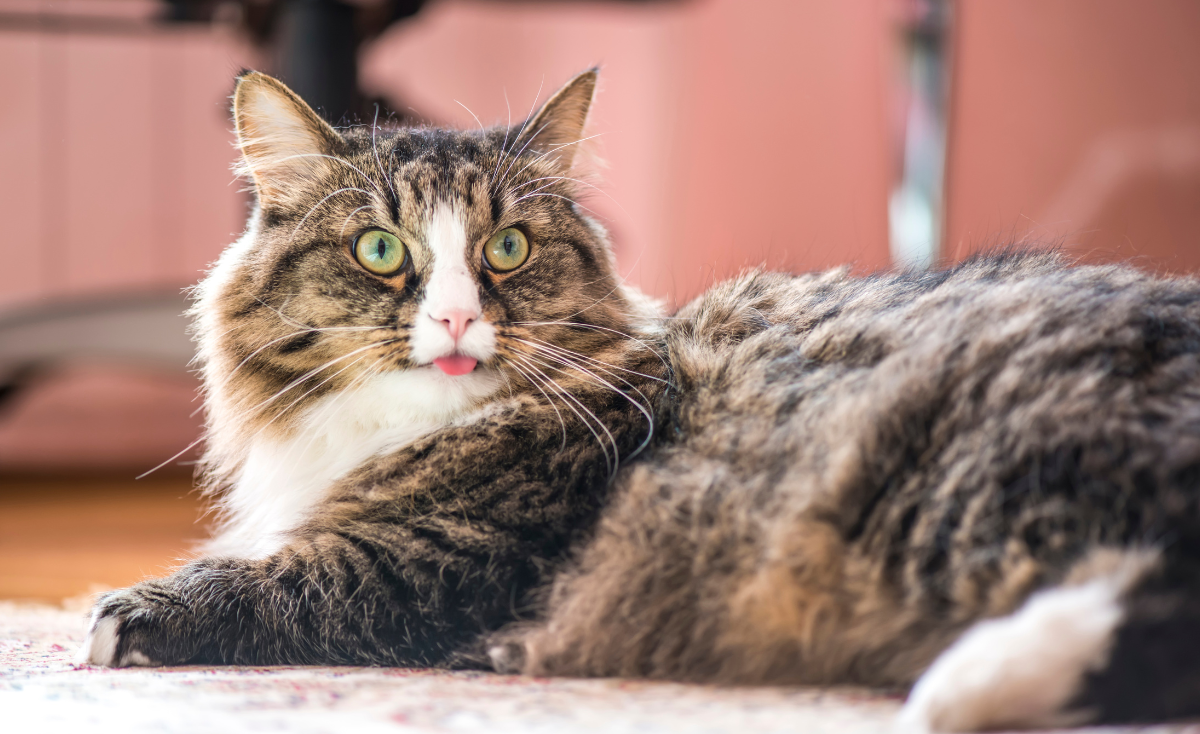
Living in tropical Singapore means sunshine and humidity year-round—but while we humans can escape into air-conditioned malls and sip cold drinks, our furry friends don’t have it quite so easy. Many pet parents underestimate how intense the weather can be, especially during walks or midday play. Your cat or dog might not complain, but trust us—they’re feeling it.
Tips to Keep Pets Cool in Singapore’s Climate:
- Avoid Midday Walks: Opt for early mornings or evenings when the pavement is cooler.
- Use Cooling Mats & Fans: Great for indoor cats and dogs who like to sprawl. Keep them in well-ventilated rooms.
- Hydration is Key: Always have fresh, cool water available—especially if you're going outdoors. Portable water bottles like ELSPET Pet Bottle or collapsible bowls are great for walks. Check out Smartpaw Wireless Pet Water Fountain Gen 2 & make sure your pets are always hydrated!
- Indoor Play: Use interactive toys and games during the hottest parts of the day instead of outdoor activities.
- Trim (Not shave!) Long Coats: Regular grooming helps reduce trapped heat, but shaving can expose them to sunburn. Groom your pets at home easily with Neakasa S1 Pro: 8-in-1 Pet Grooming Vacuum for Dogs & Cats!
- Watch Out for Hot Pavements: The ground heats up fast in Singapore. Try the "7-second test"—if it’s too hot for your hand, it’s too hot for paws.
7. “Vet Visits Stress Me Out—Help Me Feel Safer”
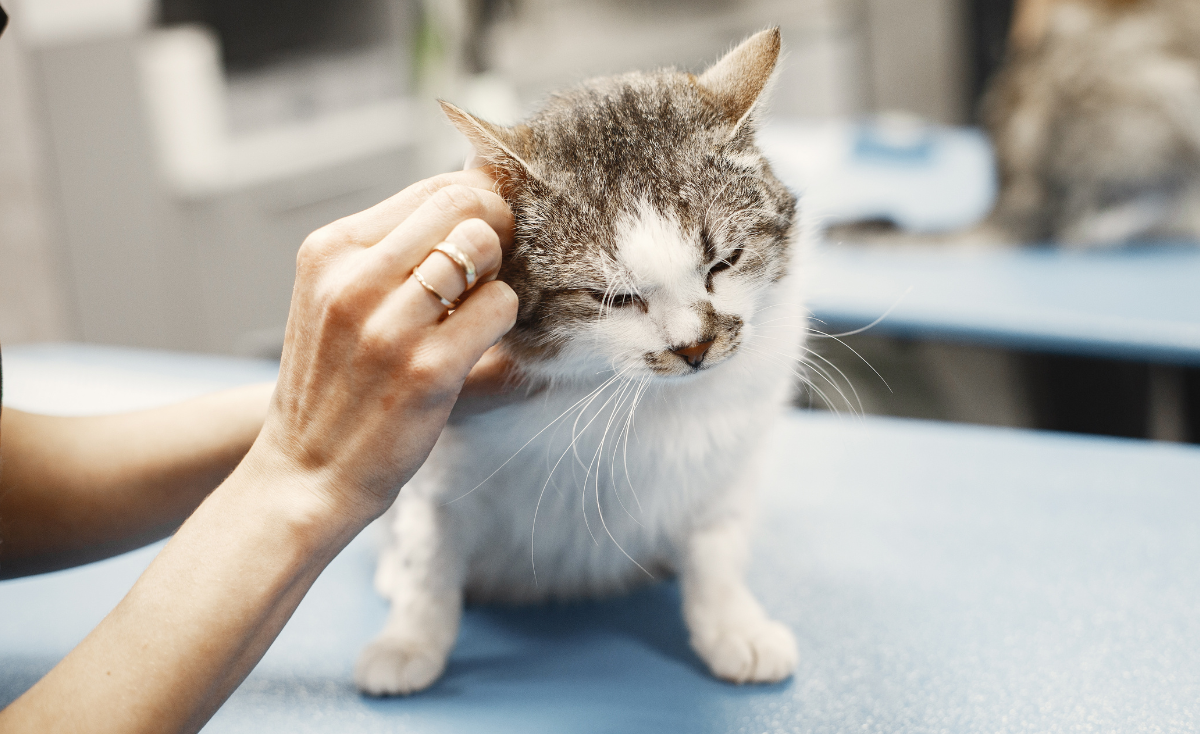
We know you’re trying to help—but stepping into a vet clinic can be overwhelming for many pets. The unfamiliar smells, slippery floors, other anxious animals, and clinical tools can make even the most laid-back cat or dog feel scared and defensive. And in Singapore, where most pets only visit the vet when something is wrong, the association becomes even more stressful. But routine vet visits are vital for your pet’s long-term health—and they don't have to be scary with the right approach.
How to Make Vet Visits Less Stressful
- Carrier & Crate Training - Start by helping your cat or small dog see their carrier as a safe space. Leave it open at home, add treats and soft blankets, and make it part of their everyday life. This makes trips less intimidating.
- Short Practice Trips - Take your pet on short car rides that don’t end at the vet. This helps reduce car-related anxiety and builds neutral or positive associations.
- Use Positive Reinforcement - Bring your pet’s favourite treats or toys. Reward them before, during, and after the visit for staying calm or being cooperative.
- Book Off-Peak Appointments - If possible, schedule visits during slower times of the day to reduce waiting time and exposure to other animals.
- Desensitisation at Home - Practice gentle handling at home—such as touching paws, ears, and teeth—so your pet is more accustomed to being examined.
- Consider Calming Products - Vet-approved calming sprays, pheromone diffusers, and vet-recommended anxiety chews can ease nerves before a visit.
Conclusion
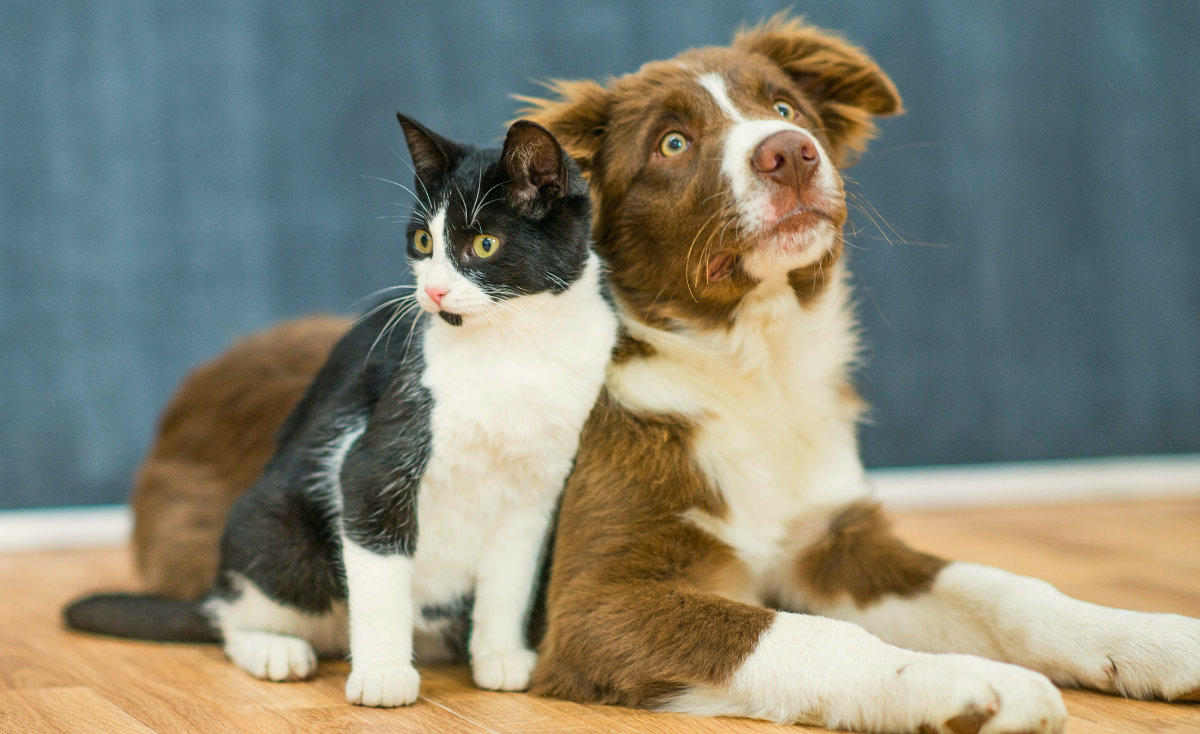
Your pet may not use words, but they’re always communicating—from their routines to their reactions to loud noises or vet visits. Especially in a busy city like Singapore, tuning in to their unspoken needs can make a world of difference. By understanding these 7 things they wish they could tell you, you’re not just improving their daily life—you’re strengthening the bond you share.
Sign up to our newsletter down below & follow us on Instagram @sgsmartpaw to stay up to date with our blog articles!

Rose Hazel San Diego
Hazel loves pets & she has owned cats, dogs, & even hedgehogs! She also fosters cats & dogs in need around her area. With her social media & copywriting background, she gladly shares her knowledge of pets through these articles!
Most Recent Articles
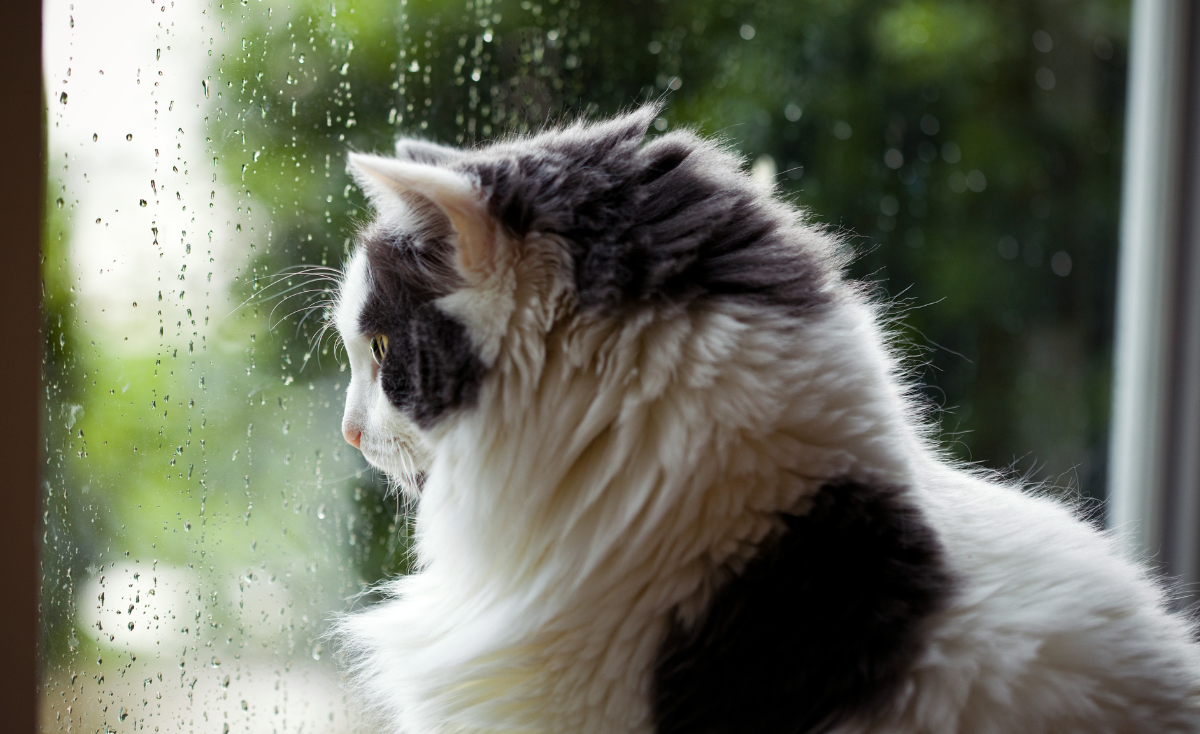
5 Ways to Protect Your Pet from Singapore’s Humidity This Rainy Season
Singapore’s rainy season is here — and while we’re enjoying the cool, cozy weather, our pets are quietly battling the sticky side of humidity. From itchy skin and smelly fur to ear infections and h...

Cat Litter in Singapore: Types, Pros & Cons Explained
Choosing cat litter isn’t one-size-fits-all. This Singapore-focused guide breaks down clumping & non-clumping clay, silica crystals, tofu, wood pellets, and paper—how they work, their real-worl...

7 Pet-Friendly Malls in Singapore Every Pawrent Should Know About
Shop, dine, and stroll with your furkid at 7 pet-friendly malls across Singapore—think dog parks, pet lifts, alfresco cafés, and more. Our Smartpaw guide maps the best spots and shares quick tips f...




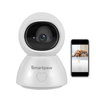

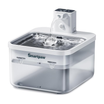

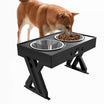



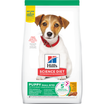





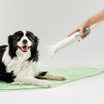
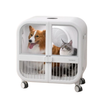
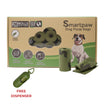
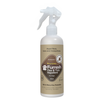
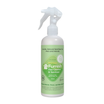
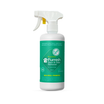
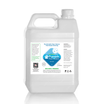







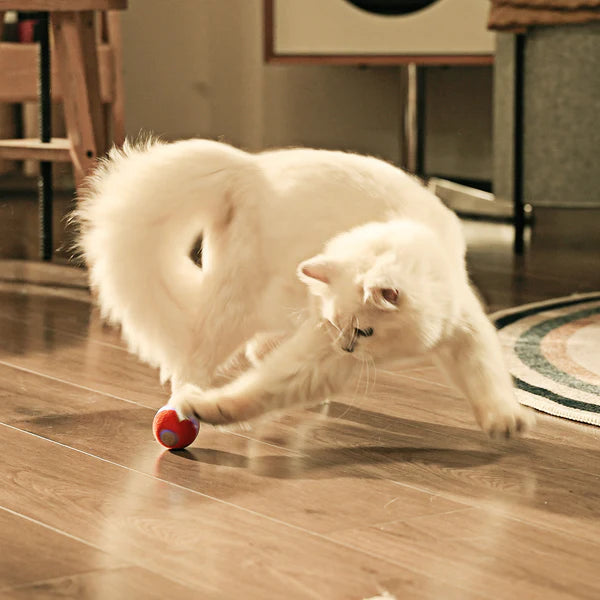
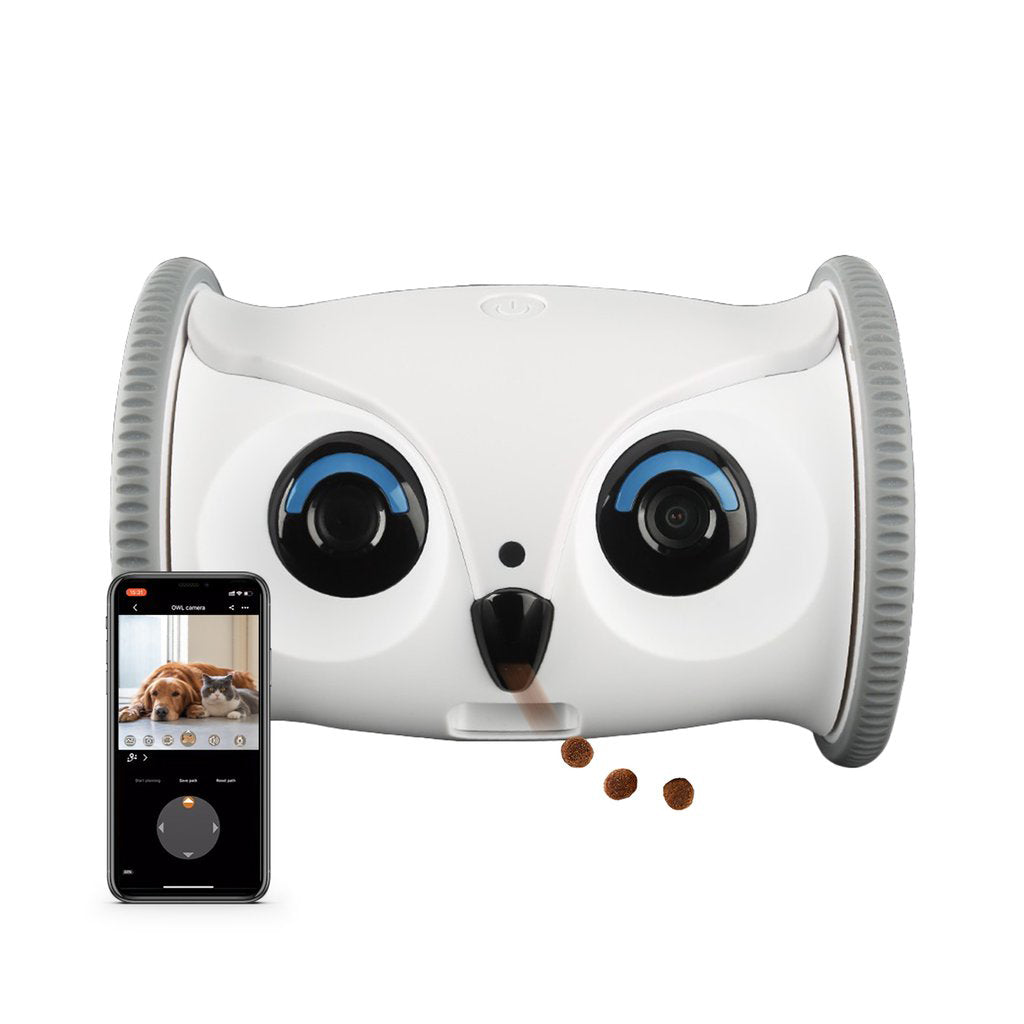
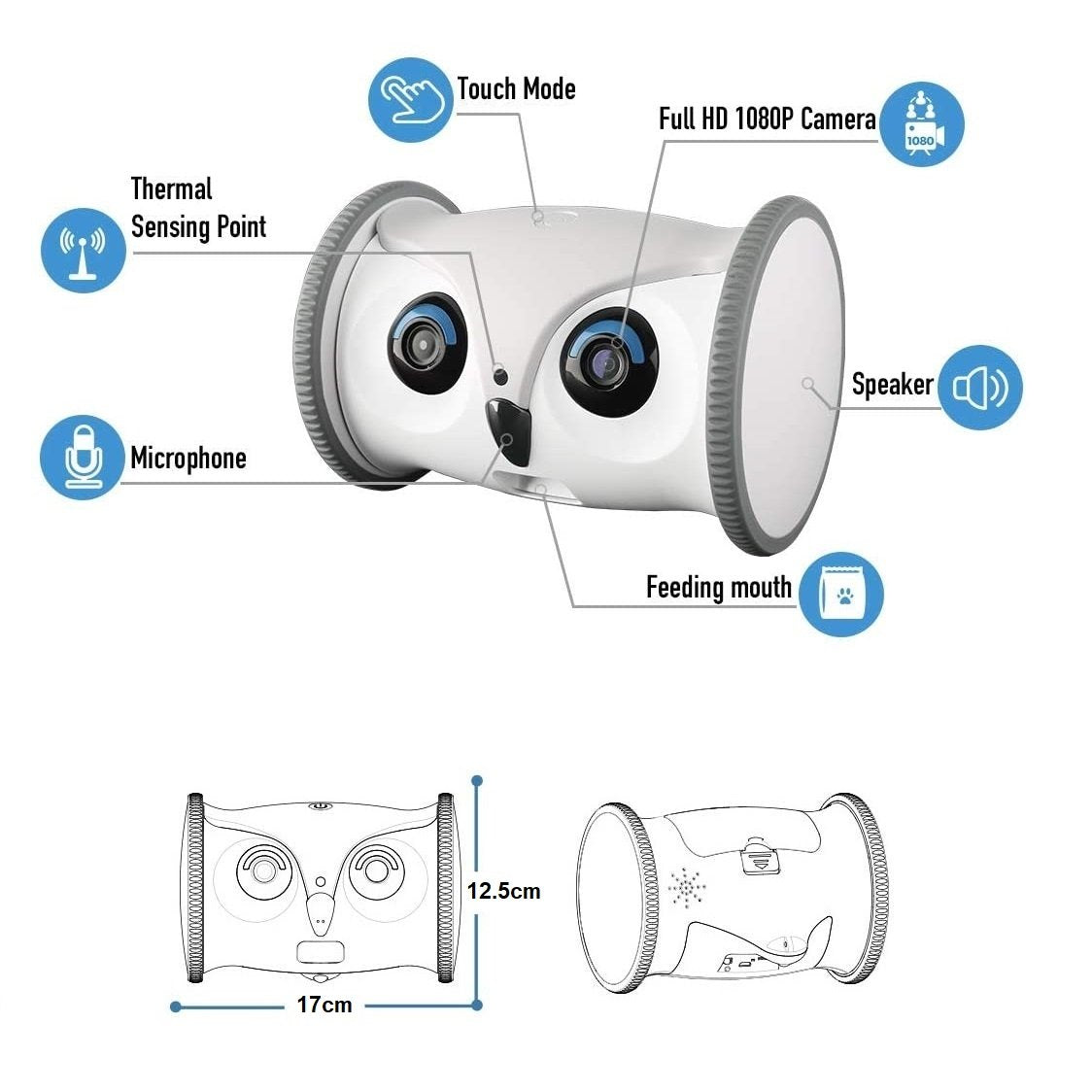

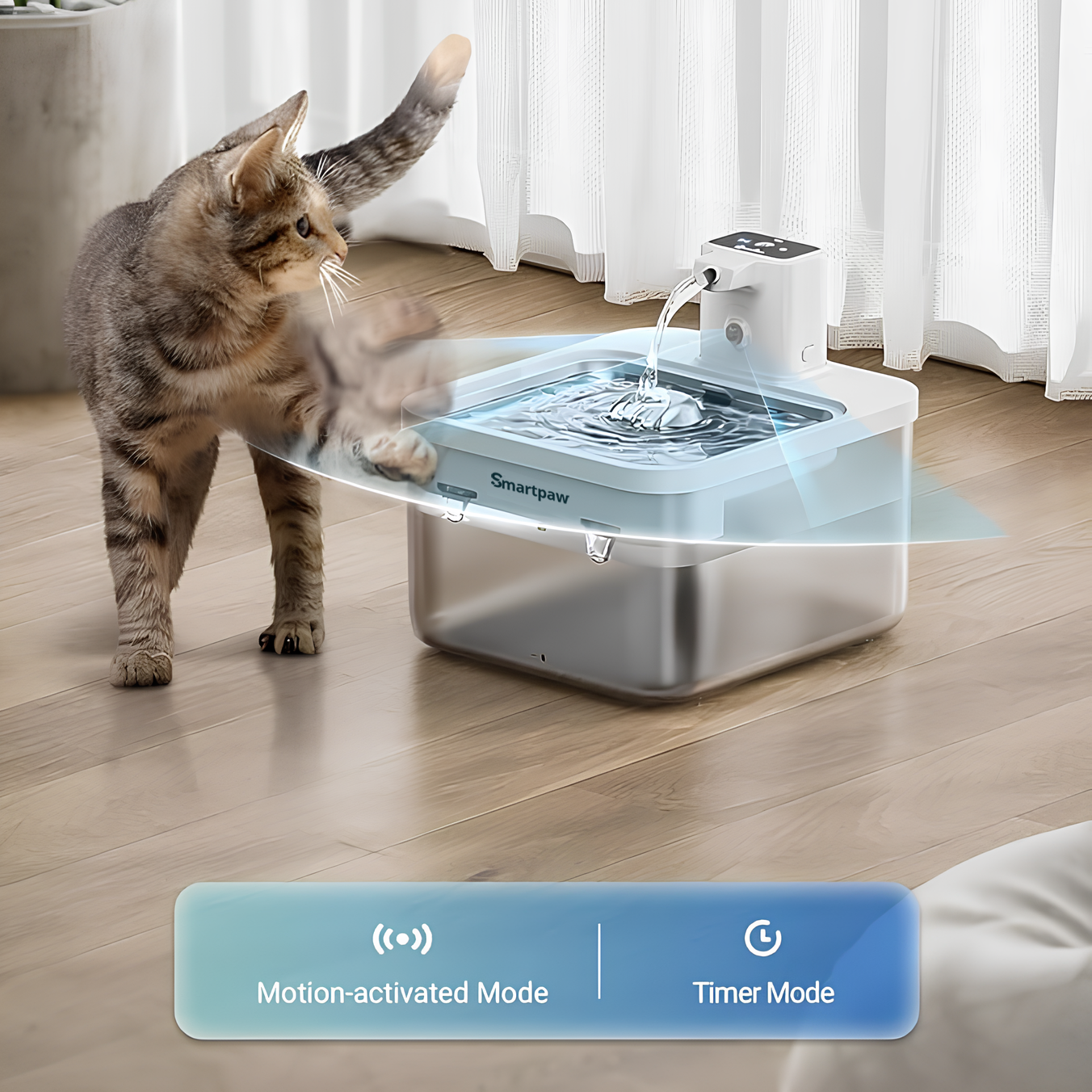














Leave a comment
All comments are moderated before being published.
This site is protected by hCaptcha and the hCaptcha Privacy Policy and Terms of Service apply.